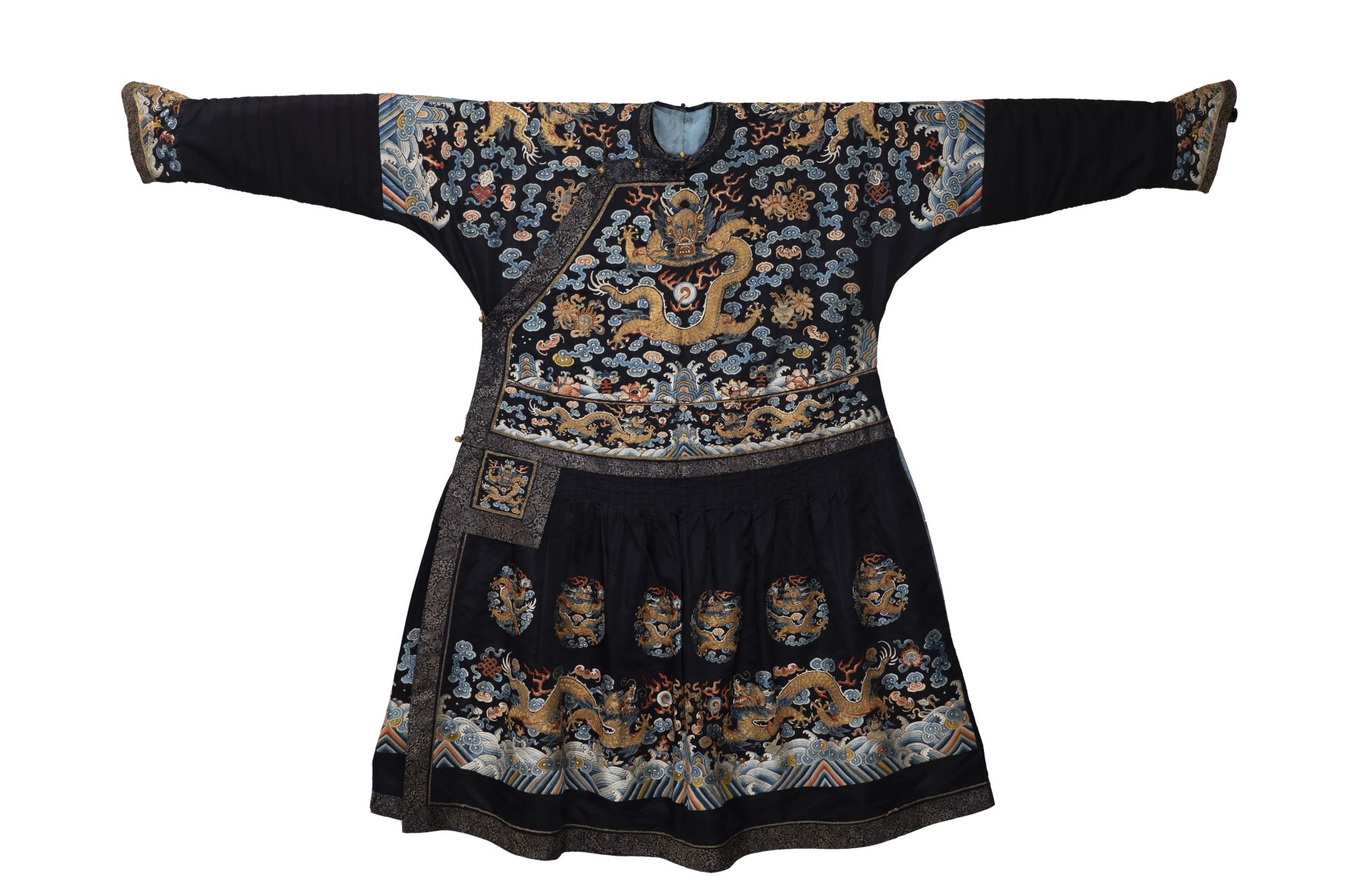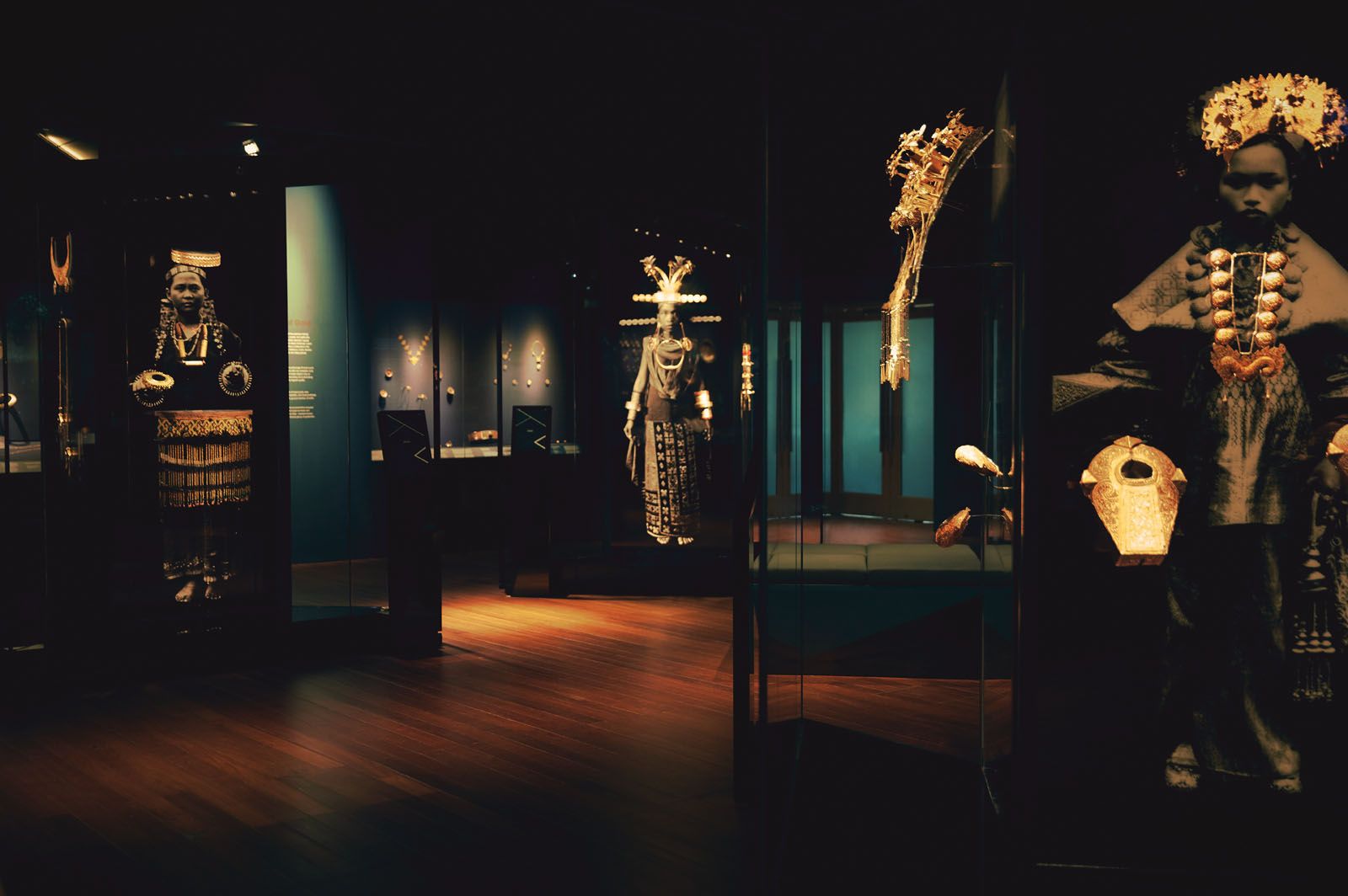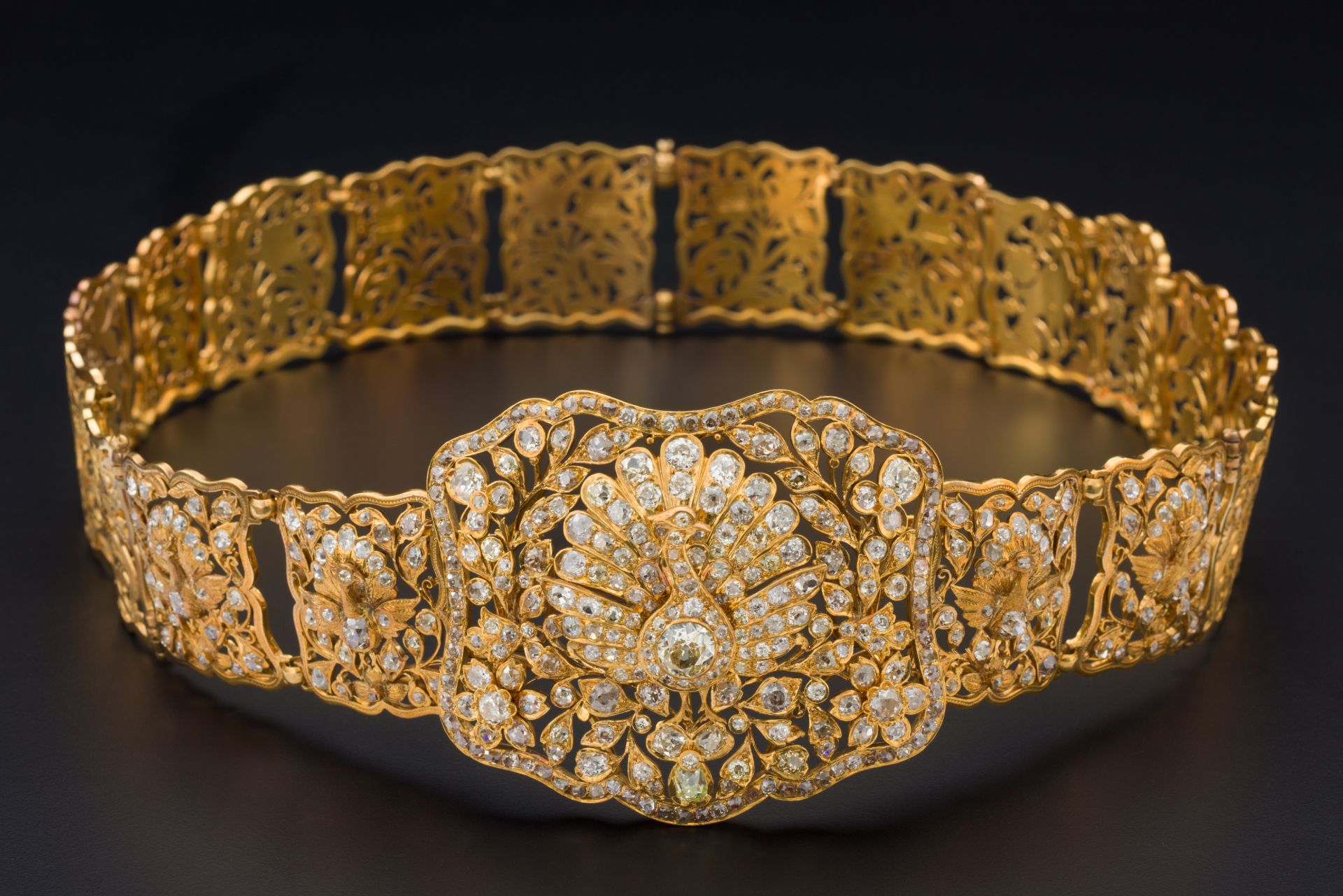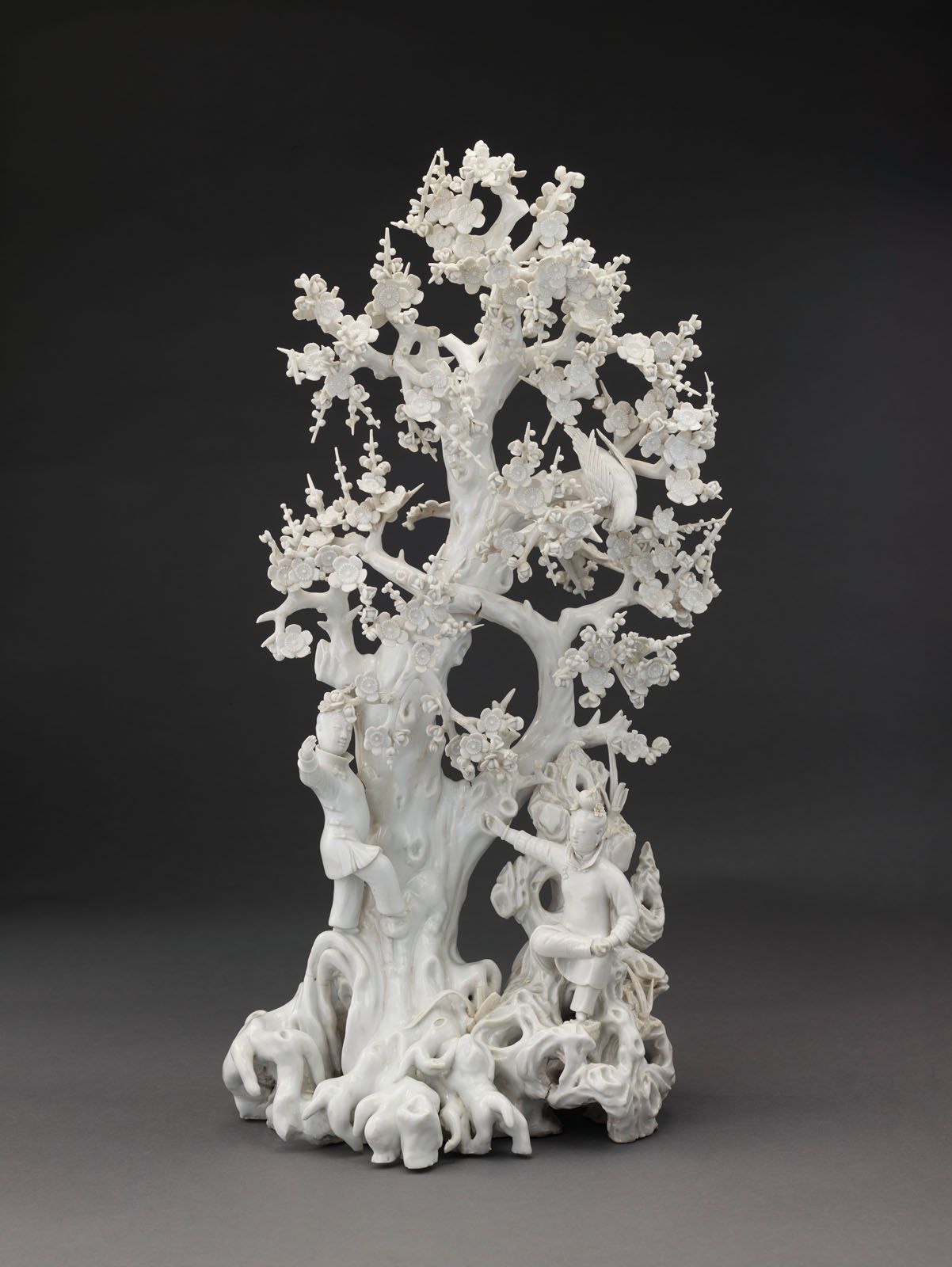Led by director Kennie Ting, the museum marked the shift towards decorative art with the opening of its new Fashion and Textiles, and Jewellery galleries in April
Step inside Kennie Ting’s office at the Asian Civilisations Museum (ACM) and at first glance, it looks just like any other workspace with rows of books on the shelves and stacks of documents on his desk. But what got our attention is the rack of clothes by the door, where the ACM director’s personal collection of batik shirts by Indonesian big names Danar Hadi and Iwan Tirta, and traditional Chinese tangzhuang tops (including a modern interpretation by veteran Singapore designer Laichan), hang alongside three-piece Western suits.
Clearly, his eye for beautiful things steeped in Asian heritage would explain why Ting is the best person tasked to lead the museum’s shift towards Asian antiquities and decorative art. “The focus of the ACM collection has always been on cross-cultural or hybrid art, bringing together elements of East and West, and East and East, while anchoring Singapore’s place within the context of Asia,” shares Ting, who is also director of the Peranakan Museum.

And a closer look at the collection, which has its roots in the colonial Raffles Library and Museum and now one of the most comprehensive in the region, would reveal why ACM’s new positioning as Singapore’s national museum of decorative art makes sense. “A lot of the new collections are decorative art, including furniture, porcelain, fashion, textiles and jewellery. Even our most important collection, the Tang Shipwreck, comprises decorative works,” Ting explains.
“So let’s call a spade a spade: we are a decorative art museum. There’s very little understanding about decorative art from the perspective of Asia. As the only dedicated pan-Asian museum, we are well placed and need to seize this advantage particularly since the world is turning towards Asia,” says Ting, noting the lack of an Asian equivalent to London’s Victoria and Albert Museum and New York’s Metropolitan Museum of Art, with each dedicated to the decorative art, fashion and design in their respective continents.
Two years before Ting joined ACM in 2016, the museum had embarked on a revamp that has seen the unveiling of two new wings in an extension to the historic building at Empress Place, a move from a geographical approach to a thematic one, and new galleries on the first and second floors that explore the connections between trade and commerce, as well as religions and faiths throughout Asia.
This multi-year refresh of its permanent galleries culminated in the opening of two new galleries focusing on Fashion and Textiles, and Jewellery in April, right before circuit breaker measures were introduced in Singapore in light of Covid-19. (And as Singapore exits the circuit breaker in phases from June 1, the museum remains closed until further notice.)
(Related: Why This Couple’s Art Collection Consists of Paintings by Pioneering Singapore Artists)






